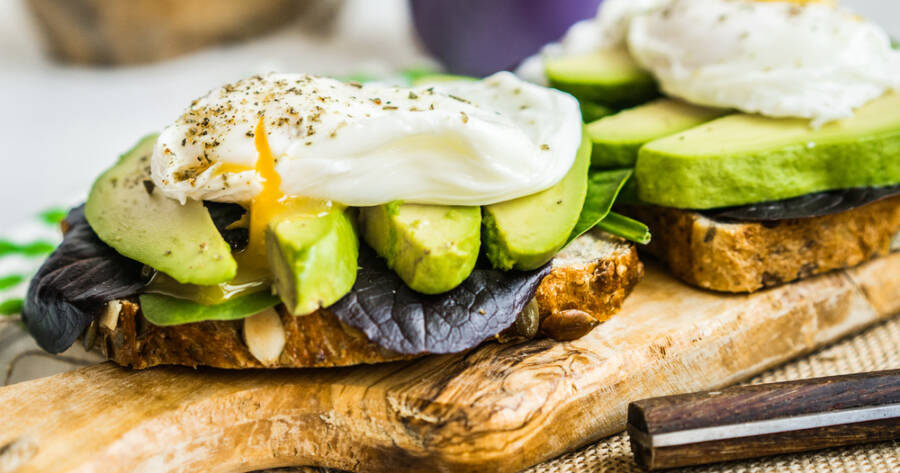“Clean eating” is a term that gets tossed around a lot, often paired with images of perfectly portioned meals, green smoothies, and rigid diet rules. While the intention behind clean eating is positive—focusing on whole, nutritious foods—it can sometimes lead to an unhealthy mindset if it becomes too restrictive. The good news? You can embrace clean eating without feeling deprived or boxed into a set of unrealistic rules.
What Does “Eating Clean” Really Mean?
At its core, clean eating means choosing foods that are as close to their natural state as possible. It emphasizes:
- Whole foods: fruits, vegetables, whole grains, lean proteins, nuts, and seeds
- Minimally processed items: foods with short ingredient lists and no artificial additives
- Balanced meals: meals that provide a mix of macronutrients (carbs, protein, and healthy fats)
- Mindful eating: paying attention to hunger cues, enjoying meals, and eating with intention
Clean eating is not a diet—it’s a lifestyle. And like any lifestyle change, it should feel supportive, not punishing.
Tips for Clean Eating Without the Restriction
1. Focus on What You Can Add, Not What You “Can’t” Have
Instead of cutting out foods, shift your mindset to what you can include more of. Add a handful of greens to your smoothie, toss extra veggies into pasta, or snack on fruit instead of processed treats. This positive approach creates a sense of abundance rather than limitation.
2. Keep It Simple and Enjoyable
You don’t need to follow elaborate recipes or buy expensive superfoods to eat clean. Some of the healthiest meals are the simplest—grilled chicken, roasted veggies, and quinoa with a drizzle of olive oil, for example. Choose flavors and textures you enjoy so that clean eating feels like a treat, not a chore.
3. Allow for Flexibility and Treats
Clean eating doesn’t mean never having dessert or avoiding your favorite foods. It’s totally okay to enjoy a slice of pizza or a scoop of ice cream. The key is moderation. When you remove the “forbidden” label from certain foods, they lose their power, and you’re less likely to overindulge or feel guilty.
4. Ditch the All-or-Nothing Mentality
One processed meal doesn’t undo all your efforts. Healthy eating is about consistency, not perfection. If you have a busy day and grab fast food or eat something outside your usual routine, that’s okay. The goal is progress, not perfection.
5. Listen to Your Body
One of the most overlooked parts of clean eating is learning to trust your body. Eat when you’re hungry, stop when you’re full, and notice how different foods make you feel. When you eat intuitively, you’re more likely to naturally gravitate toward nourishing options.
6. Prep Ahead for Success
Having clean, tasty meals ready to go can make all the difference. Meal prepping or simply chopping vegetables and cooking grains in advance can help you stick to your clean eating goals without stress. When healthy food is accessible and easy to prepare, you’re more likely to choose it.
Celebrate Progress, Not Perfection
It’s important to recognize that clean eating is a journey, not a destination. Every small step you take—whether it’s choosing water over soda, cooking at home more often, or incorporating an extra serving of vegetables is a win worth celebrating. Shifting your focus from “getting it right” to simply doing your best each day helps build a healthier relationship with food and makes the lifestyle easier to sustain long term.
Nourish Your Body Without the Rules
Clean eating doesn’t have to be rigid, boring, or obsessive. When done with flexibility and self-compassion, it becomes a powerful way to support your health while still enjoying the foods you love. By focusing on whole, nourishing ingredients, staying mindful, and allowing room for treats, you can create a balanced approach that feels good—both physically and mentally. Remember: the best “diet” is one you can enjoy for life.

